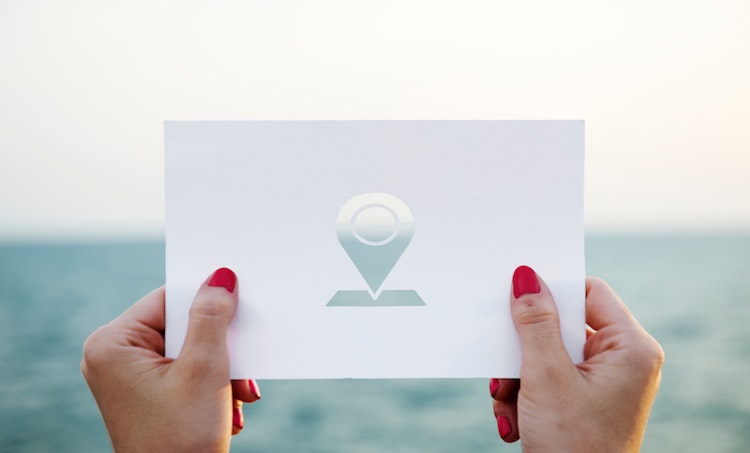Propelling consumers towards conversion: Three ways location data transforms media spend

by Joe Henson, SVP, products & platform, Triad
Location data offers the most honest version of who we are. In a world of complex social media constructs and fake news, location data is truly authentic — indicating what we actually do and where we really go. It also offers brands the most accurate picture of the same consumers they are trying to reach. But to truly capitalize on this intelligence, brands must take it to the next level.
Location data is no longer limited to geo-fencing, which typically triggers a text or app notification when a person enters a street or store. Today, beacons enable pinpoint accuracy, while complex networks of location-based sensors allow this accuracy to be scaled over large areas.
In addition, techniques such as machine learning now enable location-based apps to learn from someone’s previous movements, incorporating data about personal preferences to anticipate where they might shop or what items they might need.
With these advancements in technology, location data has certainly evolved — and it is disrupting how marketers are structuring their advertising campaigns in three key areas.
Media planning
Retailers can increasingly use location data to optimize their media spend. For example, by applying aggregate data on who is visiting stores and interpreting traffic patterns, retailers can determine in which outlets advertising will be most effective for reaching a particular audience.
Ad position: web_incontent_pos1
The key lies in combining different data sets. For example, layering past purchase, age or ZIP code data with location data means audiences can be built and targeted with messages that will truly resonate.
Marketers can also monitor patterns of behavior over time, informing longer term marketing strategies. UK retailer Currys PC World used this approach to target high income homeowners and new home buyers in the market for electrical appliances and home goods. The company built audiences based on historical shopping behaviors and loyalty, while location targeting engaged consumers in close proximity to key stores, using high-impact interstitials, banners of key products and maps and directions. The result was an uplift in footfall of 12.4 percent.
This holistic view of the consumer not only informs a brand’s media spend, but can arm marketers with the necessary evidence to access more budget.
Laser targeting
Location data such as regularity of store visits, dwell time and proximity of a consumer’s home to a store can enable retailers to build highly targeted audiences, and each one will respond to different triggers. This enables brands to choose the right message and the right medium to achieve maximum impact.
Ad position: web_incontent_pos2
Location data can also be used to target only consumers in areas where they have a high affinity to the brand or store. Retailers can minimize waste, using data-driven insights to run more geographically targeted campaigns.
Of course, location data is also integral to capitalizing on ‘micro-moments’, the phrase coined by Google to describe the moment consumers turn to their smartphone in need of help or advice. Real-time insights allow targeting to occur in the moment, from presenting the nearest store’s opening hours to delivering a notification that the item the user has been browsing online is in stock nearby. This genuinely useful and timely information propels consumers towards conversion.
Measuring effectiveness
As consumers increasingly shift between digital and physical engagements with brands, location data can help retailers achieve a more comprehensive view of the effectiveness of their advertising and marketing.
Location data allows marketers to close the loop between journeys that might start online and end at a physical store — or vice versa. This can be augmented with a retailer’s first party data. For example, information relating to who has been exposed to a Facebook ad before visiting a store can be combined with sales data to show whether a purchase was made.
Measuring the effectiveness of offline advertising is also being enabled, in part, by location data, equipping marketers with intelligence about the impact of their offline media activity on store footfall. For example, if a brand has invested in out-of-home advertising in a specific town or city, it can use location data to see whether footfall to the local store has increased.
In an omni-channel world, location data is finally helping retailers to join the dots, understanding what activity influences the customer at different stages of the journey.
Unlocking the power of place
While geo-fencing still has a role to play in retail marketing, the potential of location data goes way beyond this. It is undoubtedly at its most effective when enriched by other data sets, and its potency in planning, targeting and measuring brand marketing and advertising has never been greater.

